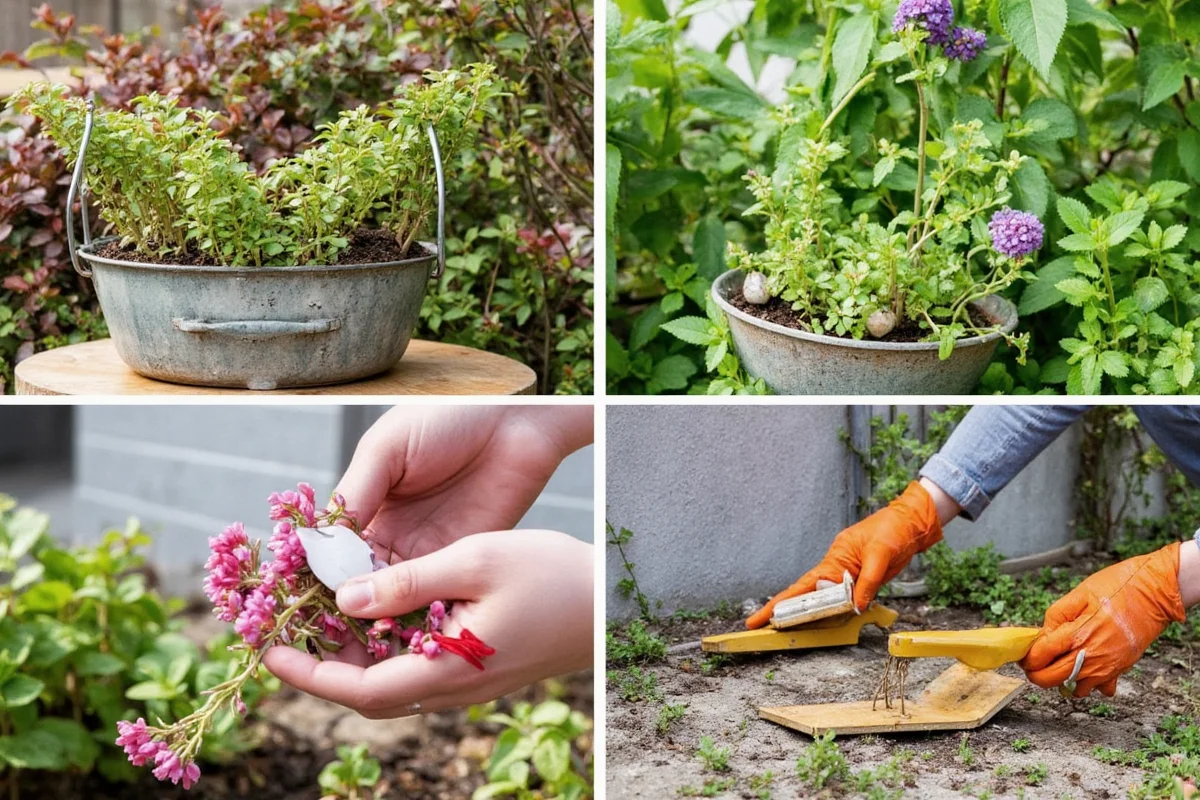Succulents are popular plants known for their stunning appearance and minimal maintenance requirements. Transplanting succulents is an essential skill for gardeners that helps in promoting healthy growth and ensuring the longevity of the plants. This article will guide you through the simple steps of transplanting succulents, covering necessary preparation, choosing the right soil, taking care of roots, and the actual planting process. By following these instructions, you can ensure your succulents thrive in their new environment.
Preparing for Transplanting
Before diving into the process of transplanting succulents, proper preparation is key to ensuring a stress-free experience for the plant. Here are some steps to help you get ready:
- Choose the right time: The best time to transplant succulents is during their growing season, typically in spring or early summer. This allows them ample time to establish roots in their new soil before winter dormancy.
- Gather necessary tools: You'll need a trowel, gloves, a new pot, and fresh soil mix. Having these tools handy will make the process smoother.
- Ready the new pot: Ensure the new pot has drainage holes to prevent root rot, which is crucial for succulent health.
Taking these preparatory steps will ensure a successful transplanting process.
Selecting the Right Soil
The soil that you choose is crucial for the health of your transplanted succulent. Succulents require well-draining soil to thrive, as they are susceptible to root rot if left in water-logged conditions. Here's how to select the best soil:
- Use a cactus mix: Opt for commercially available cactus or succulent mixes, as these are specifically designed to provide excellent drainage.
- Add amendments: If you prefer to make your own mix, consider adding perlite or coarse sand to a regular potting soil to improve drainage.
- Avoid heavy soils: Heavy, dense soils such as traditional potting soils or garden soils should be avoided, as they retain too much moisture.
By selecting the ideal soil, you give your succulent the foundation it needs for healthy growth.
Handling Roots Carefully
Handling the roots of succulents gently is crucial during the transplanting process. Unlike other plants, succulents have delicate roots that need special attention. Here's how to handle their roots:
- Loosen the old soil: Carefully remove the succulent from its current pot and gently shake off excess soil from the roots. Use your fingers to break up the soil if necessary.
- Inspect the roots: Check for signs of damage or rot. Trim away any blackened or mushy roots with clean scissors.
- Dry the roots: Allow the roots to dry for a day or two before transplanting. This reduces the risk of rot when placed into new soil.
Proper root care ensures the succulent can adapt quickly to its new environment.
The Planting Process
Once you've prepared the succulent and its new home, it's time to plant. Follow these steps for a successful transplant:
- Add soil: Fill the new pot with the well-draining soil mix you selected, leaving space at the top for the roots.
- Plant the succulent: Position the succulent in the center of the pot and lightly cover the roots with soil. Avoid compacting the soil too much as it can hinder drainage.
- Leave space: Make sure the top of the plant is level with or slightly above the soil surface.
| Step | Description |
|---|---|
| Add soil | Fill the pot with well-draining soil |
| Plant the succulent | Position the plant and cover roots lightly |
| Leave space | Ensure plant top is level with soil surface |
Once your succulent is securely planted, it's ready to flourish in its new pot.
Post-Transplant Care
Following the transplant, your succulent will need proper aftercare to adapt to its new environment and continue thriving. Here's what to focus on:
- Adjust watering: Do not water immediately after transplanting. Wait a week before providing water, as the roots will need time to settle.
- Monitor location: Ensure your succulent is placed in a spot with adequate sunlight, but avoid sudden changes in light exposure.
- Watch for stress signs: Look for signals like wilting or yellowing leaves and adjust care accordingly.
Consistent and gentle care will support your succulent in overcoming transplant shock and thriving in its new home.
Transplanting succulents can be a straightforward process when you follow the right steps. Proper preparation, careful handling of roots, choosing the suitable soil, and post-transplant care are vital to ensure your succulent's health and longevity. Happy gardening!











 浙公网安备
33010002000092号
浙公网安备
33010002000092号 浙B2-20120091-4
浙B2-20120091-4